If you’re just entering the firearms world, you may see the term Pistol Caliber Carbine, or PCC, and not quite understand what it means. Most shooters will think the term refers to only modern firearms, describing current short rifles (or carbines, as shorter rifles are often described) that are chambered for common handgun rounds such as 9mm, 40 S&W, or 45 ACP. But the notion of a carbine that fired handgun ammunition actually goes back to the beginning of cartridge use.
The year 1873 was a watershed in the U.S. firearms industry. Colt introduced the Model P Single Action Army pistol. Then Winchester improved the metallurgy on its toggle-link, lever-action rifle, and the Model 1873 was born. Now the country had two firearms shooting reasonably powerful centerfire pistol-caliber cartridges in platforms that could be reloaded quickly and conveniently. But neither was chambered in a cartridge that would work in the other platform — at least until 1878, when Colt brilliantly added the 44-40 chambering of Winchester’s rifle to their revolver line. Voilà, the Pistol Caliber Carbine combo was born. Now the cowboys could have a revolver and a long gun that shot the same cartridge, so there was only one cartridge for them to pack across the wilderness. Simplifying logistics is important, but the Colt/Winchester combo did a lot more than that.
Why a Pistol Caliber Carbine?
Let’s face it, handguns are compromises at best. They tend to be smaller and lighter than their carbine brethren, making them easier to carry and conceal. There the advantage stops. They generate less energy. The sight radius is shorter, making them more difficult to shoot accurately. The shooter has fewer points of contact with the firearm, again, making it more difficult to shoot accurately, and onboard ammunition is normally much more limited. The pistol caliber carbine solves many of those issues; the sight radius is longer and sights are frequently better than on a pistol, four points of contact with the shooter’s body instead of two with the handgun. Even with the firearm chambered for the same cartridge, such as a 9mm PCC, the carbine is normally a good bit more powerful. It’s the same bullet, but velocity in the longer barrel is higher, by quite a bit.
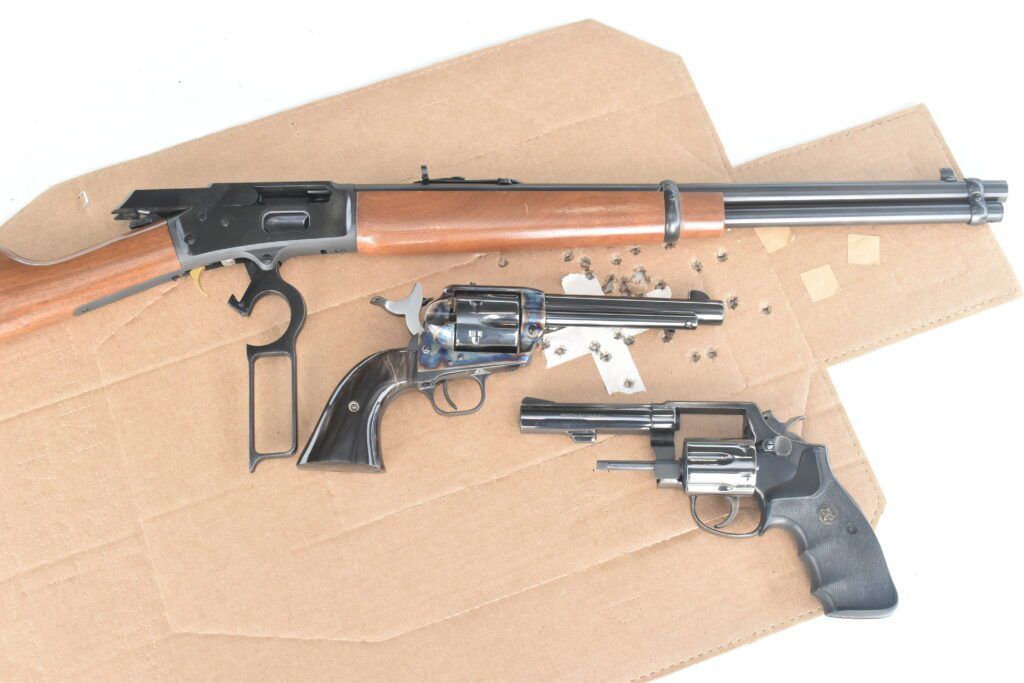
The relative power of a cartridge (how hard the bullet hits) is measured in foot pounds of energy. The formula used to compute that is MV2 (Muzzle velocity squared) x BW (bullet weight in grains) / 450240 (to convert the grains into pounds). Note that the muzzle velocity is squared. As velocity increases, so does energy, and in a dramatic fashion. For most firearms, muzzle velocity will increase along with barrel length – at least up to a point.
Pistol Caliber Carbine Cartridges
We tested two pistol/carbine combinations to verify this fact for you, and to compare how speed and energy climb in the pistol caliber carbine. Combo #1 were all 357 Magnums. We used a Smith & Wesson Model 13 double-action revolver with a 4-inch barrel, a Colt Single Action Army single-action revolver with a 5.5-inch barrel, and a Marlin Model 1894 lever action rifle with a 16-inch barrel. The second set used modern 9mm pistols and 9mm PCC with a SIG Sauer P365XL with a 3.7-inch barrel, a SIG MPX with an 8-inch barrel, and another MPX with a 16-inch barrel.
Pistol Caliber Carbine Energy, By Barrel Length
We didn’t try to shoot the smallest groups in the world, but we still looked at them. The pistols did well. The pistol caliber carbines did a lot better, frequently putting 10 shots into a single hole. As we tested velocities, we found substantial increases with the longer barrels. The Colt SAA with its 5.5-inch barrel showed a 4% increase in muzzle energy with the Federal 38 Special +P load over the S&W Model 13 with a 4-inch barrel. The Colt also showed an increase of 14% when we tested a 357 Magnum reload using Hornady 158 XTP bullets. The Marlin lever action showed a whopping increase of 32% and 33% respectively over the Colt with the same loads.
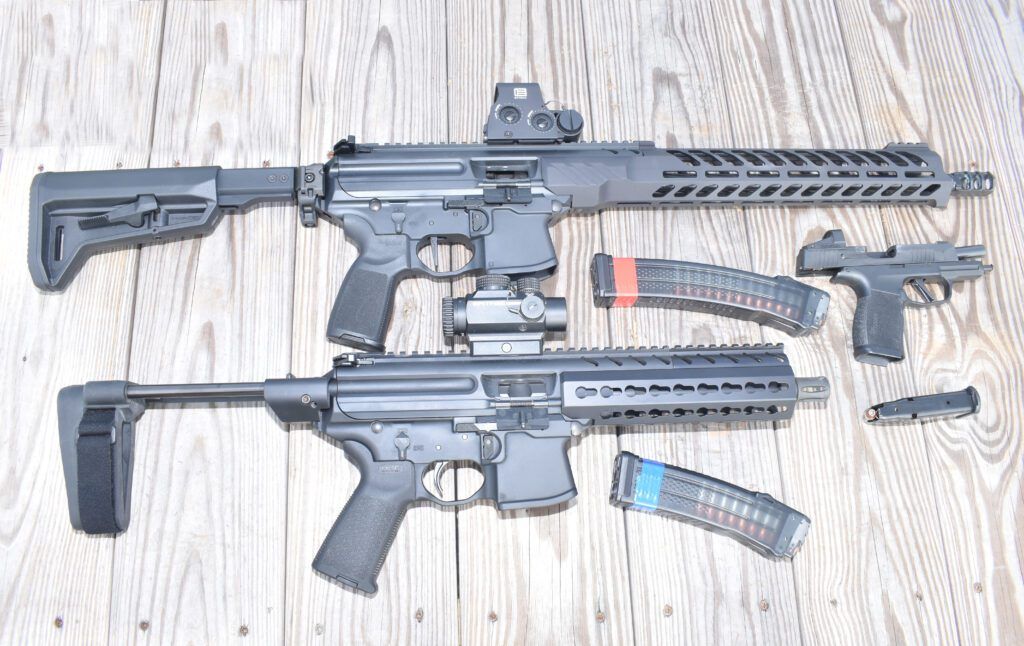
The 9mm MPX carbines had the same results when tested against the shorter SIG P365 XL. Using 115-grain Remington FMJs, 125-grain reloads, and 124-grain Speer Gold dot +P loads, the 8-inch-barrel MPX showed gains of 18%, 18%, and 16% respectively over the P365XL with a 3.7-inch barrel. The 16-inch MPX added another 12%, 12% and 6% to the energy number of the 8-inch-barrel MPX. The longer barrels of the 9mm PCCs essentially had the MPXs delivering like they were chambered in 357 SIG. Very nice energy out of a lightweight package.
So in raw performance, that’s why Pistol Caliber Carbines have appeal — they’re lighter than most rifles and the PCCs are more powerful than handguns in the same chamberings. That’s why a good pistol caliber carbine could make a great house gun, truck gun or competition gun that would be easy to use and pack a good punch — just like the cowboys learned almost 150 years ago.
Article and photos by Gun Tests Contributing Editor Joe Woolley
Shooting Results: Combo 1, Revolvers and Lever Carbine
* shows increase over results of S&W Model 13.** shows results over Colt SAA.
| Federal 38 Special +P 158 Lead SWC | S&W Model 13 | Colt SAA | Marlin Model 94 |
| Average Velocity | 923 fps | 943 fps | 1146 fps |
| Muzzle Energy | 299 ft.-lbs. | 312 ft.-lbs. | 461 ft.-lbs. |
| Energy Increase | 4.2%* | 14.1%** | |
| Hornady 357 Magnum 158 XTP Reload | S&W Model 13 | Colt SAA | Marlin Model 94 |
| Average Velocity | 1109 fps | 1197 fps | 1460 fps |
| Muzzle Energy | 432 ft.-lbs. | 503 ft.-lbs. | 748 ft.-lbs. |
| Energy Increase | 32.2%* | 32.8%** |
Shooting Results: Combo 2, SIG Pistol and SIG MPX Carbines
* shows increase over results of SIG P365XL.** shows results over 8-inch MPX.
| Remington 9mm Luger 115 FMJ | SIG P365XL | SIG MPX 8 inch | SIG MPX 16 inch |
| Average Velocity | 1124 fps | 1244 fps | 1328 fps |
| Muzzle Energy | 323 ft.-lbs. | 395 ft.-lbs. | 450 ft.-lbs. |
| Energy Increase | 18.4%* | 12.2%** | |
| RMR Reload 9mm Luger 125 FMJ | SIG P365XL | SIG MPX 8 inch | SIG MPX 16 inch |
| Average Velocity | 1040 fps | 1152 fps | 1225 fps |
| Muzzle Energy | 300 ft.-lbs. | 368 ft.-lbs. | 417 ft.-lbs. |
| Energy Increase | 18.4%* | 11.6%** | |
| Speer Gold Dot 9mm Luger 124 +P | SIG P365XL | SIG MPX 8 inch | SIG MPX 16 inch |
| Average Velocity | 1189 fps | 1296 fps | 1337 fps |
| Muzzle Energy | 389 ft.-lbs. | 462 ft.-lbs. | 492 ft.-lbs. |
| Energy Increase | 15.9%* | 6.0%** |
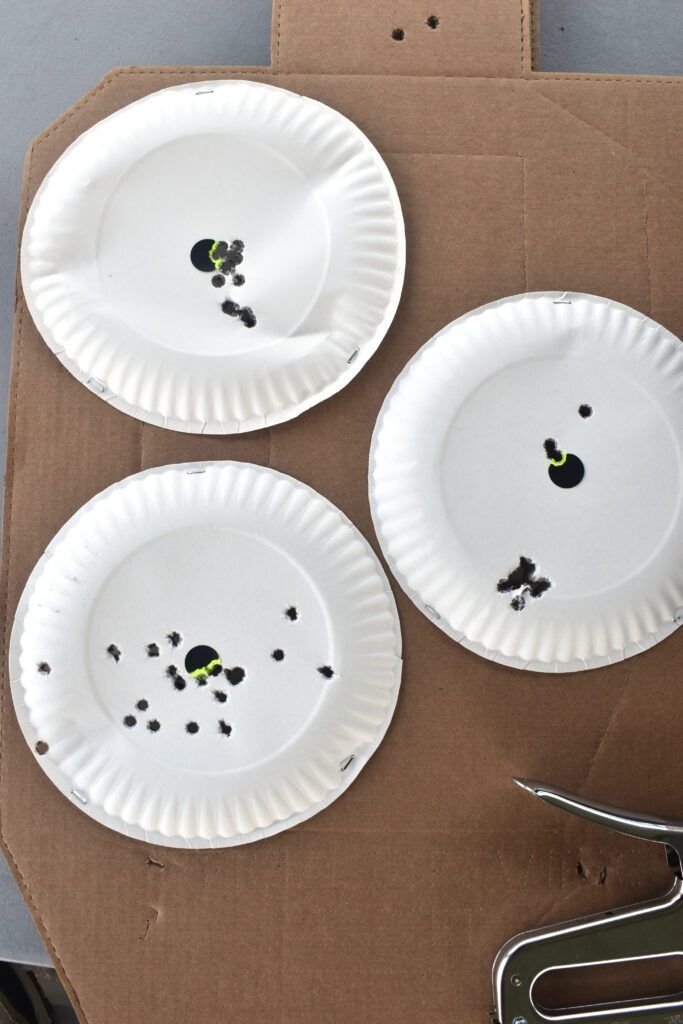
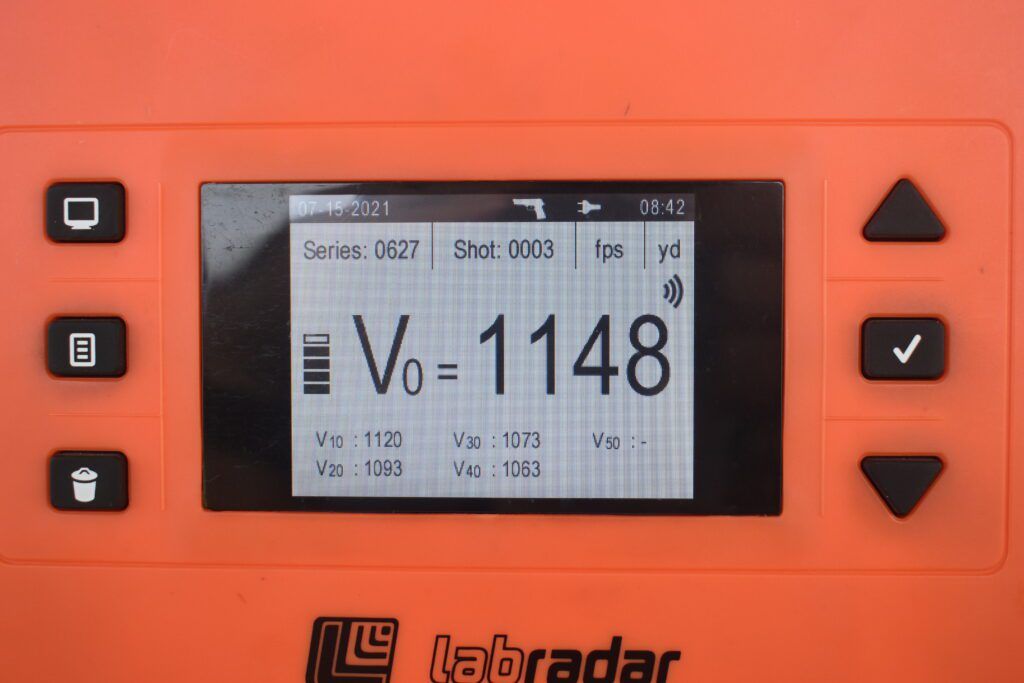
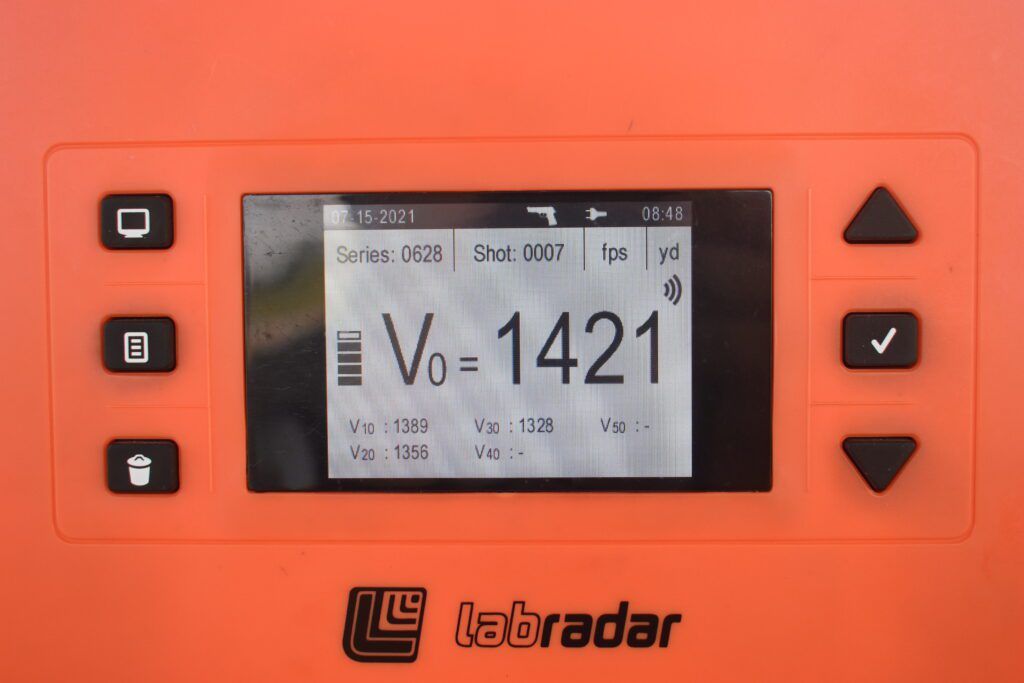

























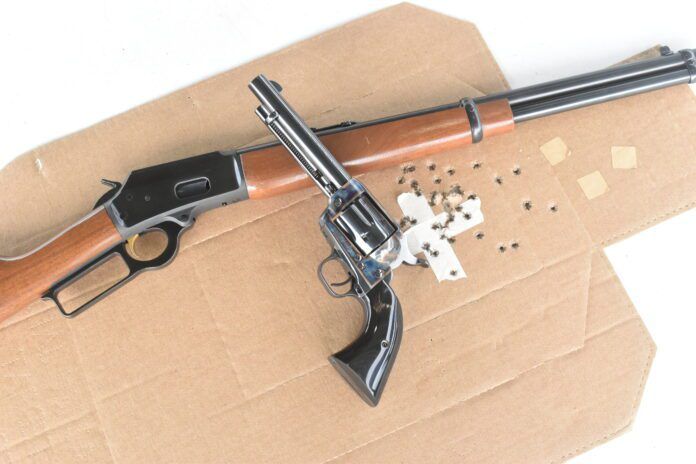

What was the distance to the paper plates 🤔
15 yards. Thank you for pointing that out. Todd Woodard, editor, Gun Tests
I own a single-shot 410 shotgun which is old and heavy, so in my opinion, is not my choice for an effective home defense long gun. I also own a Glock 19 in 9mm Luger and so would like to know which compatible 9mm PCC carbine would best suit my need for home defense and for a reasonable price? Thanks for your advice! – Allen Bolender
If you are in search of a home security weapon, you have to think about several factors, safety and security. Pistol caliber carbines come in many configurations and prices. HiPoint makes a great PCC for under $400 dollars. 10 round magazines, and very dependable, but very basic. Next is the Ruger PC9. Magazine capacity 9 or 17 rounds, Outstanding performance and very customizable. The newest. Entry comes from Smith&Wesson M&P FPC ( folding pistol carbine) , easy to shoot and comes with case, two 23 round and one 17 round magazines.and no iron sights but set up for a red dot or iron sights. Both the Ruger and the Smith I own all three. They are very accurate within 100 yards, light recoil, and easy to maintain. The Ruger and S&W both are in the $ 600.00 range and would serve you well for home defense. There are many very good PCC out there, the cost vary in cost from $ 300.00 to $ 2500. Kel tec, CMMG,CZ, and palmetto State Armory all have excellent quality. So review them on line and head to a Gunshop and see what feels good and maybe you might get lucky and find a slightly used PCC, lots of people trade up and there’s a lot good deals are out there.